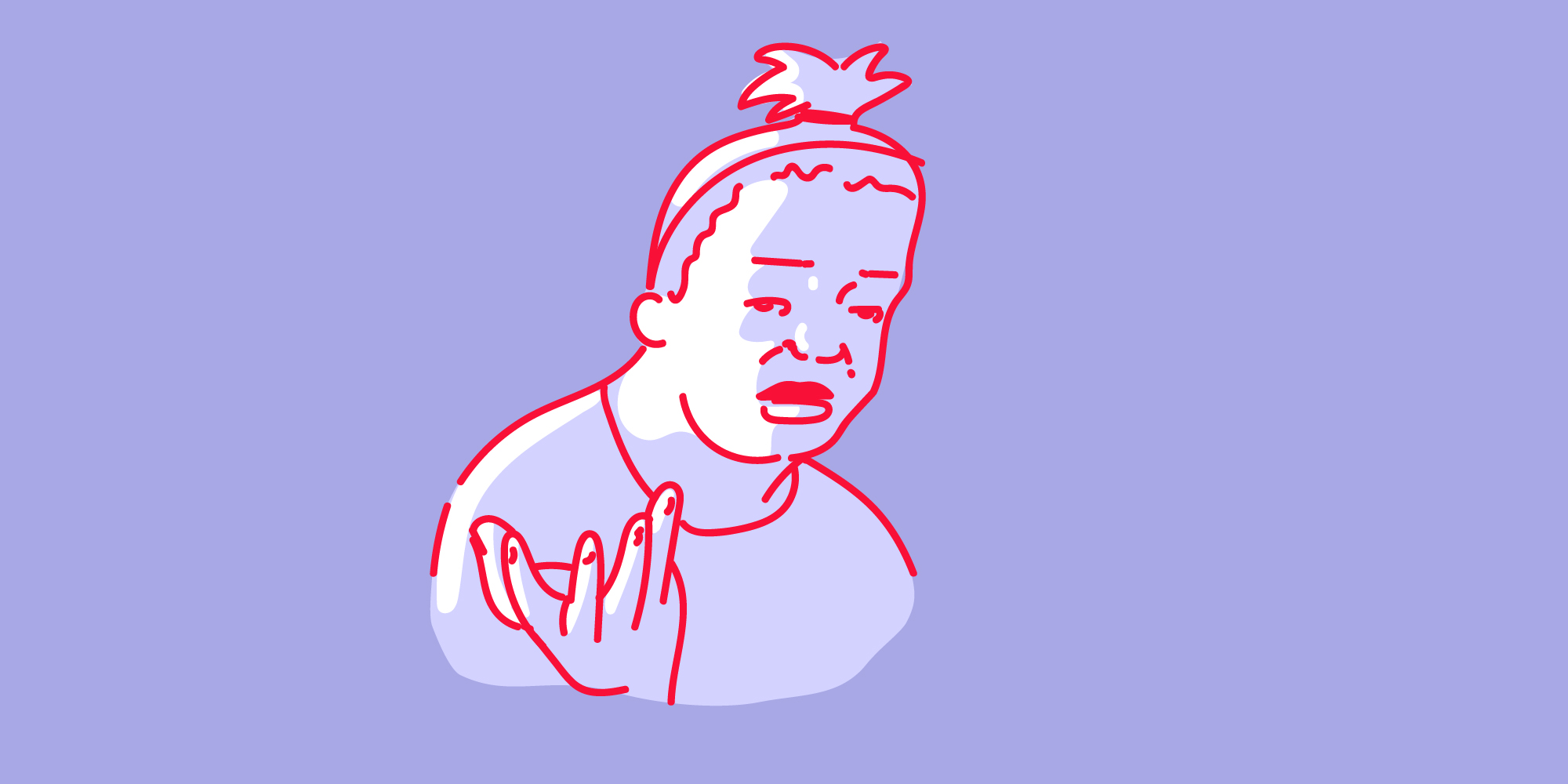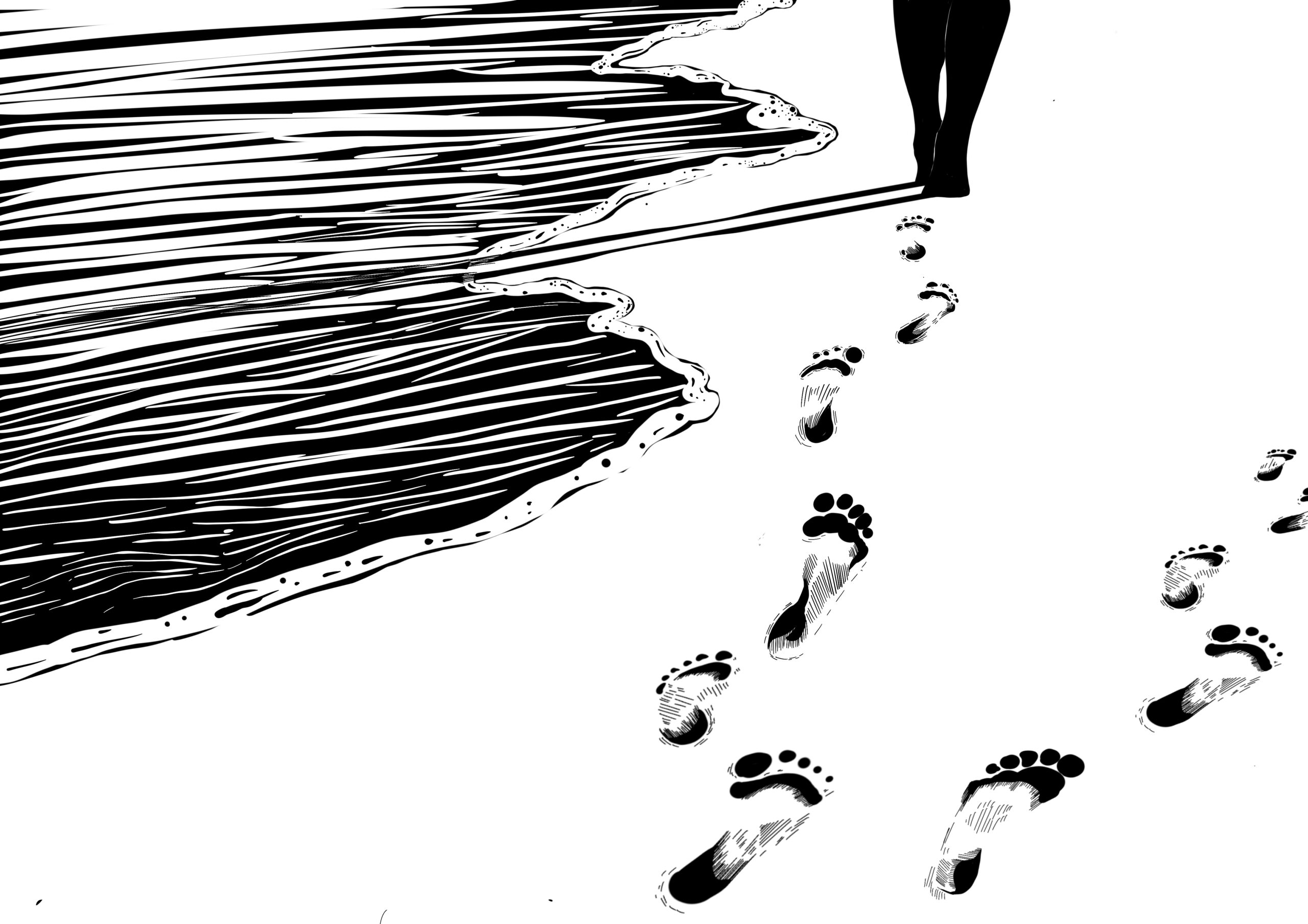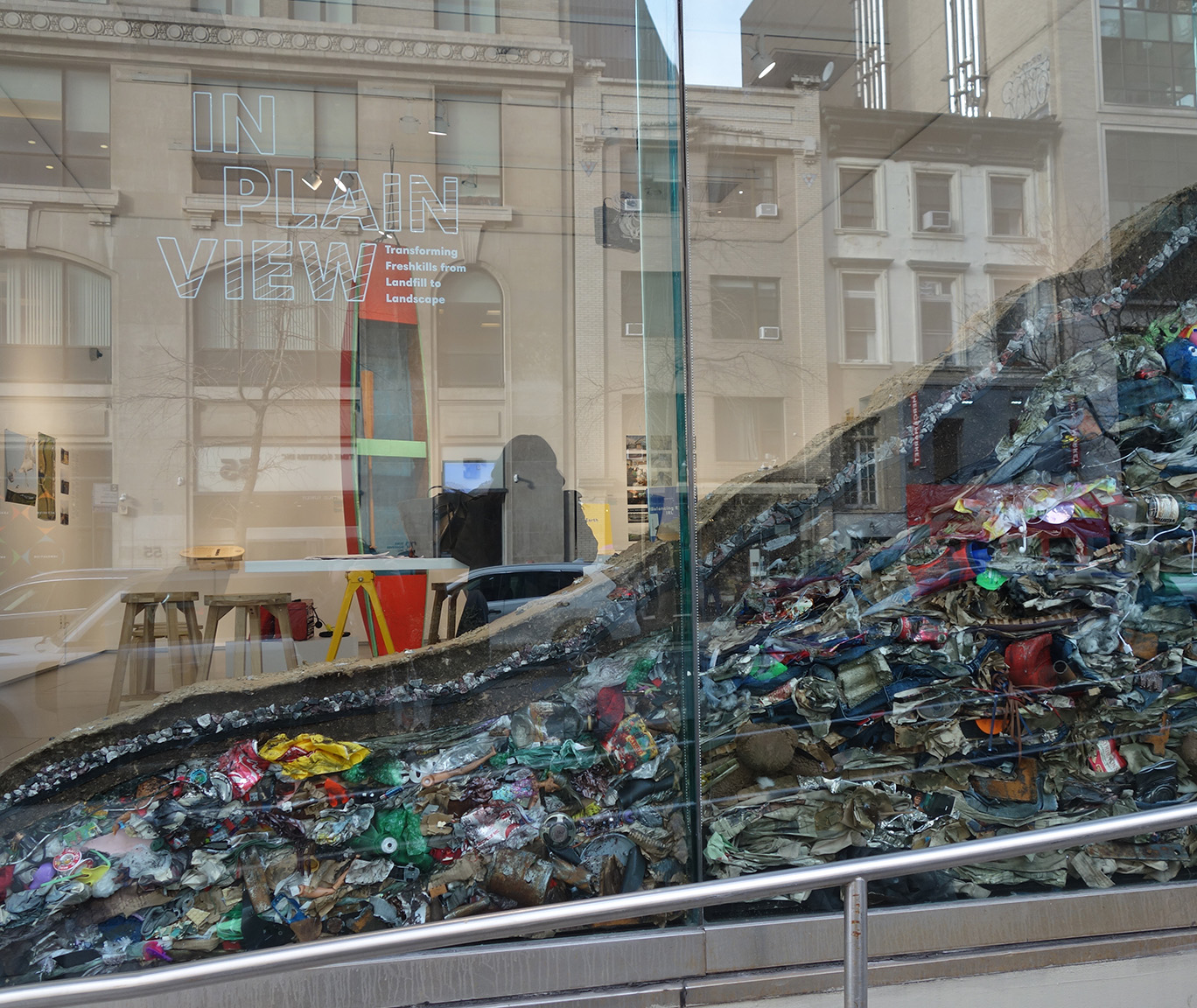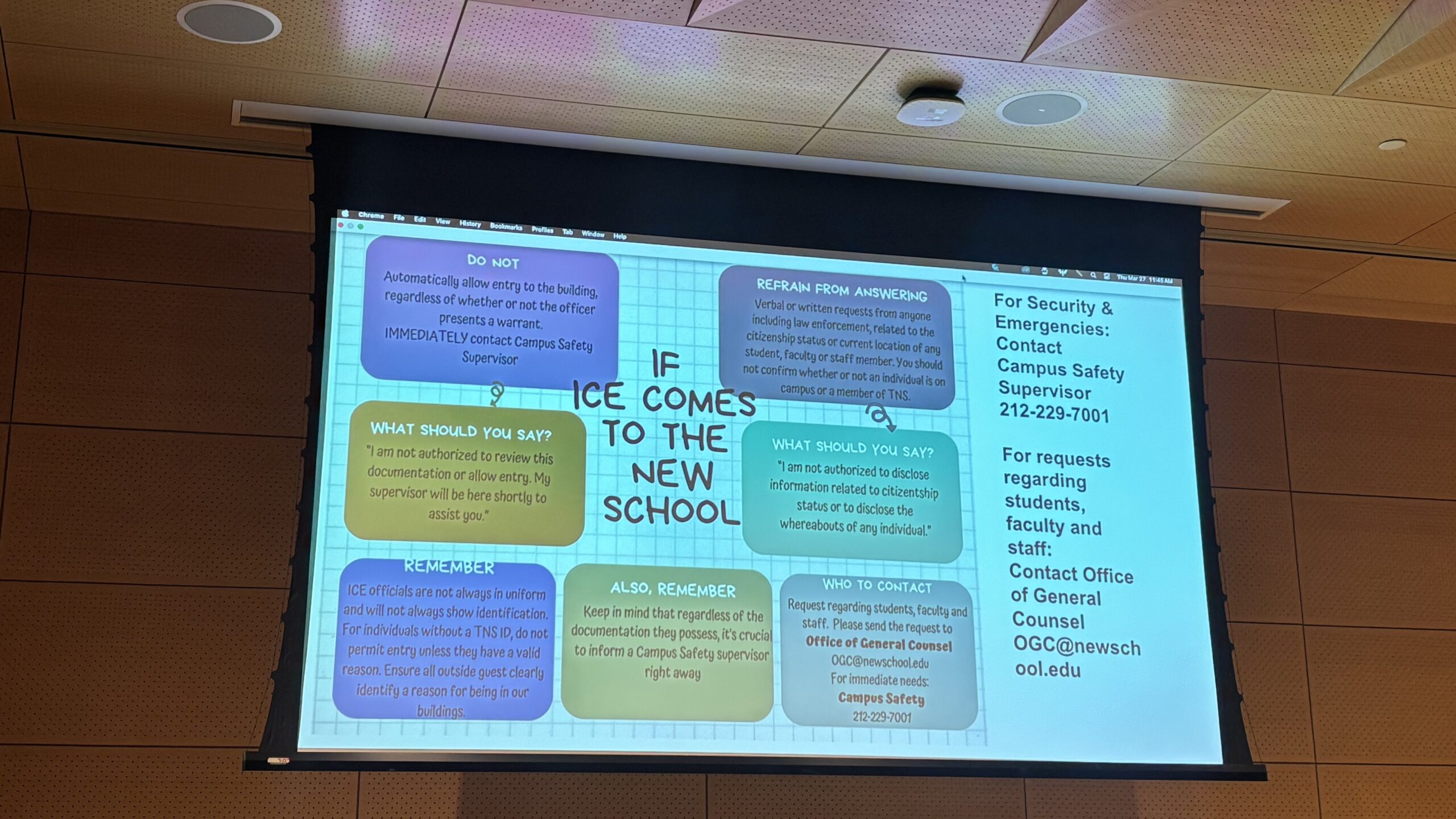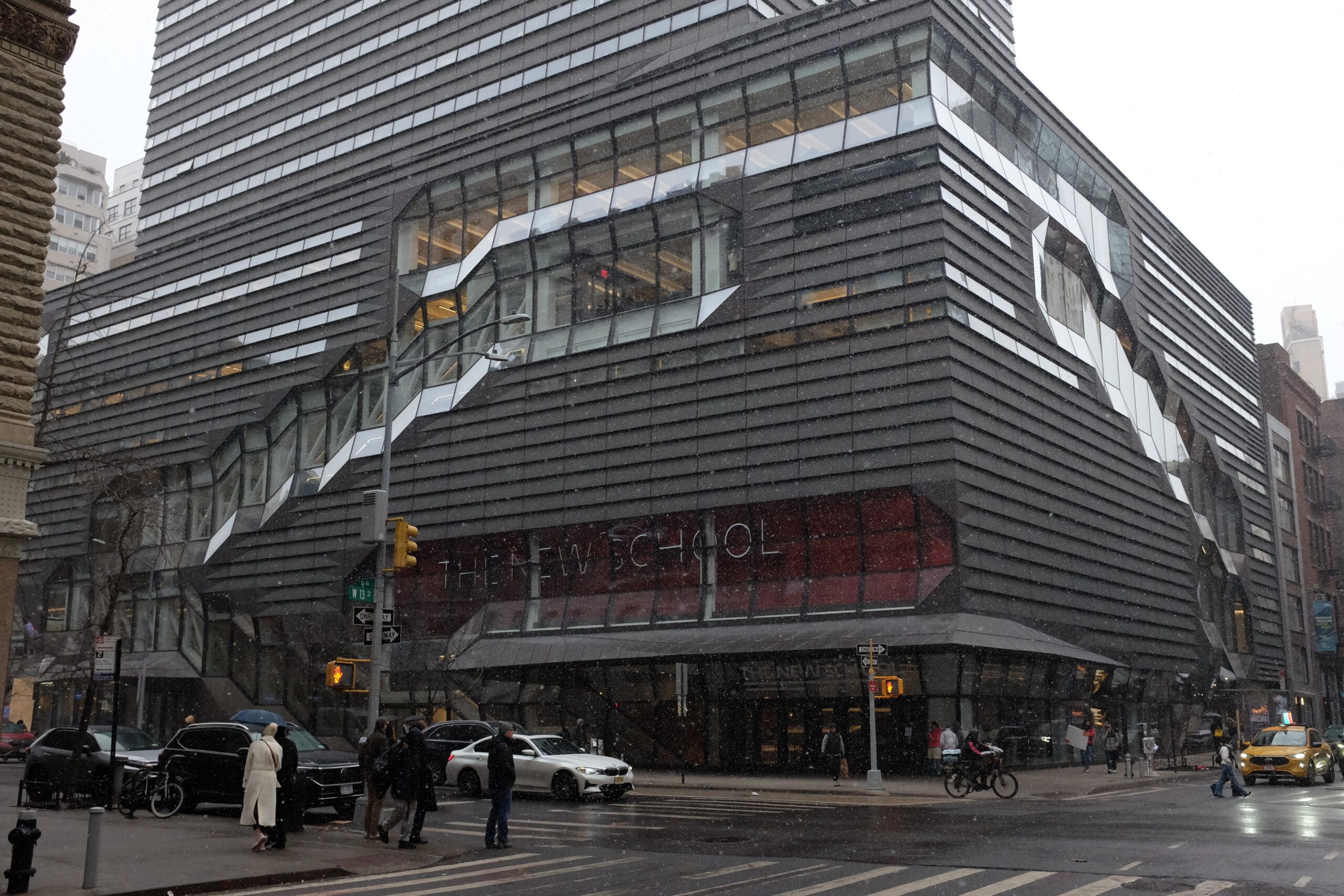Students may design their own memes and test the quality of their creations using engagement on Facebook, Instagram and Twitter as a gauge of success in a new course titled “How to Give Good Meme,” offered in Fall 2017 semester.
The course will tackle the cultural phenomenon that spawned viral items like Harambe, Doge and dancing Drake gifs. Professor and Chair of Culture and Media Ken Wark, who is instructing the class, said he wants to question the impact and responsibility of sharing memes.
The challenge may not only concern the quantity of followers a student can amass with their memes, but also the quality of their followers. “If you have 10,000 Twitter followers, is it a good or a bad thing if many of those are bots?” Wark said. “It might be a good thing if someone is automatically circulating your stuff. I don’t know. I think there are interesting sorts of aesthetic questions to ask too.”
— Trump Draws (@TrumpDraws) January 31, 2017
Students will also explore the history of memes and discuss what Wark calls the “memetic experience” of media: the way the media propagates units of culture that are designed to be replicated.
“The difficulty with memes is it becomes itself a meme. It performatively does the thing it tries to describe,” Wark said. “This is what hooks are in pop songs, for example. It would be another kind of example of something that’s memetic.”
Third-year BA/BFA student Hattie Simon, who majors in Global Studies at Lang and practices vocals at the Jazz school, said she encounters memes every day. “I mean if you’re on the Internet at all, there’s going to be memes everywhere. I feel like my entire Facebook feed and Instagram is just memes,” Simon said.
Simon said when people are busy, broke, and caught up in their hectic schedules, looking at a meme can quench a thirst for something light and unserious. “We just need something to grasp to, we need something that’s funny.”
Missy Hamblet, a freshman studying Drama at the College of Performing Arts, said memes reflect millennials’ satirical and self-critical nature; they can be funny, but they can also convey a sense of despair with growing up in the present day.
“We live under this baby boomer expectation. What they grew up with and what we’re growing up with is so radically different, but it’s not acknowledged as such,” Hamblet said. “It’s like existential dread, really, shared in these little funny tidbits and I think it’s easier to share them as jokes.”
Hamblet also said that the downside of memes is that they can minimize crucial problems.
“Serious issues that we need to be actually daring to have a dialogue around, we’re just reducing to these jokes,” Hamblet said.
Wark said “How To Give Good Meme” may also explore what could be problematic about the memetic experience of media. He identifies the swastika as an example of a meme that could be harmful. “You can get swastikas to circulate pretty easily. And that happened at The New School, right? Someone drew them on dorm room doors,” he said. “The language of memes didn’t exist in the 30s, but they, those evil bastard Nazis, knew what they were doing in terms of visual communication.”
Richard Dawkins invented the word “meme” in his book The Selfish Gene, in 1976. He describes it as a cultural counterpart to genes: genetics determine biological traits through DNA sequences; while memes carry cultural ideas and symbols that are communicated through writing, speech, and rituals.
“We need a name for a new replicator, a noun that conveys the idea of a unit of cultural transmission, or a unit of imitation,” write Dawkins, in The Selfish Gene. “‘Mimeme’ comes from a suitable Greek root, but I want a monosyllable that sounds a bit like ‘gene’. I hope my classicist friends will forgive me if I abbreviate mimeme to meme.”
Wark questions Dawkin’s comparison between memes and genes. “Memes are not like genetic transmission in the sense that digital copying has a pretty high level of fidelity, in that it does repeat the same thing,” Wark said. “There might be some compression and degradation but it’s the same thing over and over again.”
“On the other hand,” he added, “if you think about how [people] vary them and play with them, there’s a way in which that it is kind of something else. And sometimes the variants are more successful than the original.”
Mike Brenner, a sophomore studying Journalism + Design, found the idea of teaching a class on memes absurd. “The general conception of the meme is a joke. It’s a very modern internet thing,” Brenner said. “I just saw ‘meme’ and I was like, ‘Are you fucking kidding me?’”
Emily Ruiz, a sophomore studying Dance and Psychology, said she would only be interested in the class if it looked at the historical and political context of memes. “I would want to see how that affects society now with the way that we use media,” Ruiz said.
Ruiz said her schedule is already planned out for the next semester, but she would consider taking the course if it continued beyond the Fall.
Header by Alexandra Gilbeaux

